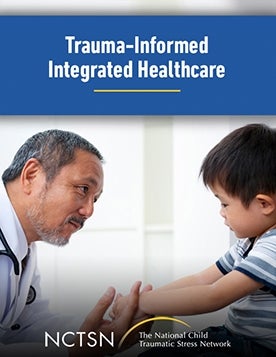
Models of Trauma-Informed Integrated Care Part II: Identifying and Responding to Early Childhood...
Provides a trauma-informed integrated healthcare model for conceptualizing young children exposed to violence and other traumatic stressors.
The following resources on child trauma were developed by the NCTSN. To find a specific topic or resource, enter keywords in the search box, or filter by resource type, trauma type, language, or audience.

Provides a trauma-informed integrated healthcare model for conceptualizing young children exposed to violence and other traumatic stressors.
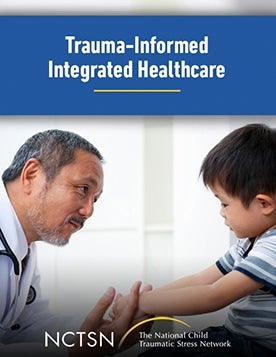
Lays a groundwork of fundamental knowledge about integrated health care and how it relates to trauma.
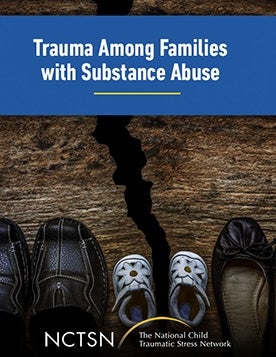
Provides a picture of the challenges experienced by families caring for youth with trauma and substance use.
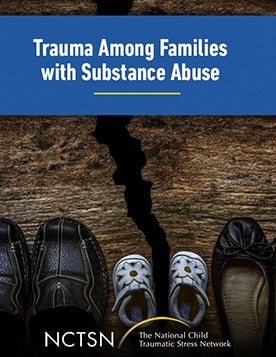
Offers perspectives on the intersections between trauma, caregiver substance use, parenting, and prenatal substance use exposure.

Guides agency leaders, clinicians, trainers, and others in optimizing service provision to children and families affected by trauma.
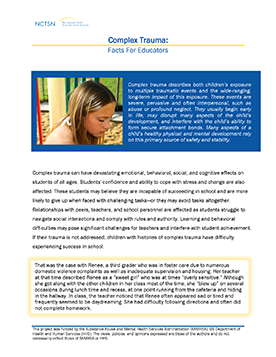
Helps educators and school staff recognize the signs and symptoms of complex trauma and offers recommendations on how to help students heal.
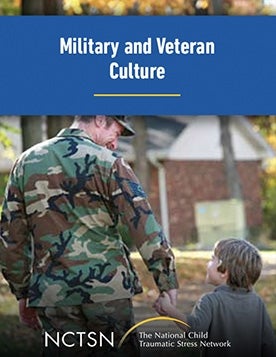
Describes ways military families communicate during and after deployment.
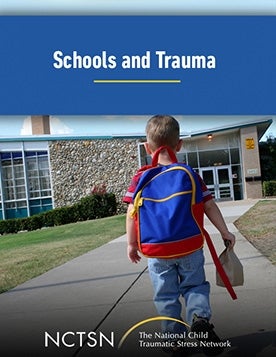
Focuses on understanding the intersection between cyberbullying and trauma.

Explores elements and strategies to adapt evidence-based treatments for military children and families.
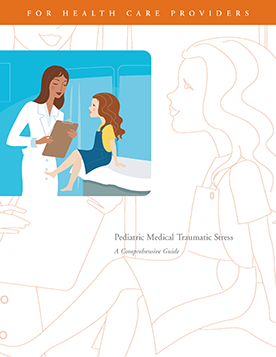
Offers a compendium of tools to guide medical professionals in effectively assessing and treating medical traumatic stress in children and families. This toolkit helps providers address the emotional, as well as the physical side of trauma.
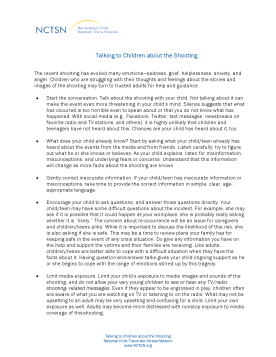
Provides information on how to talk to children about mass shootings. This tip sheet describes ways to talk to children about mass violence events that involve a shooting. It gives tips about how to start the conversation, common reactions children may have, and how to seek help if needed.
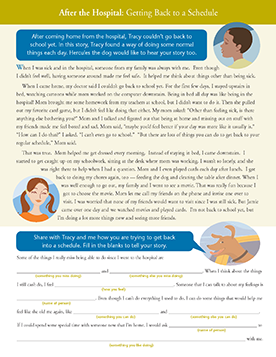
Provides information to children who have experienced medical trauma.